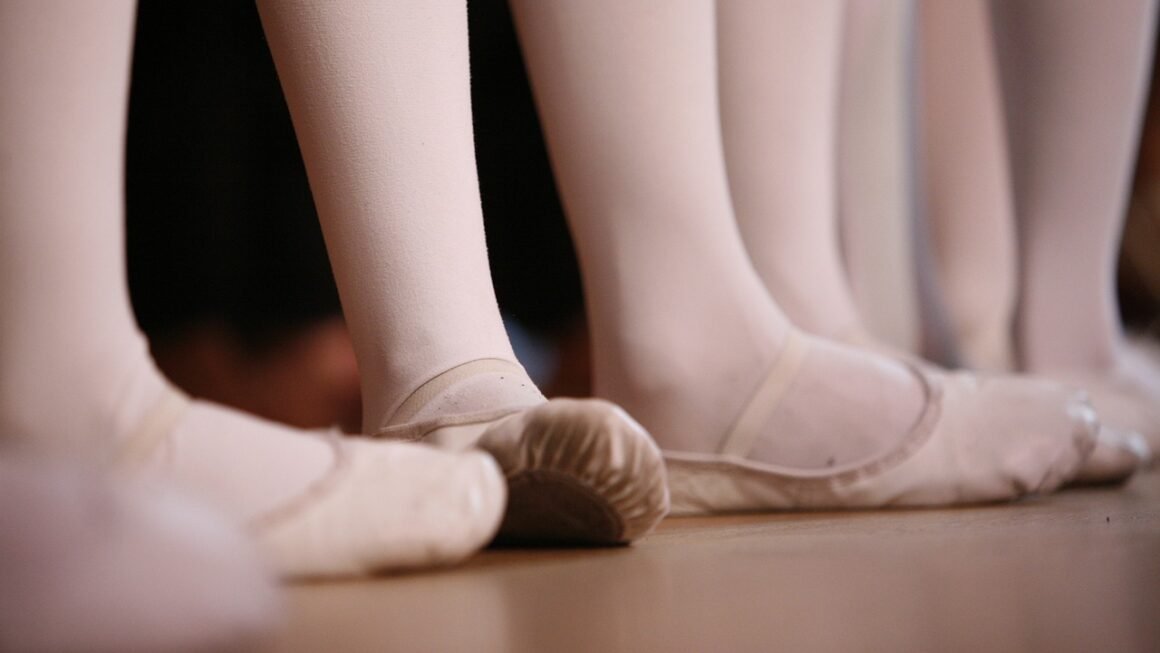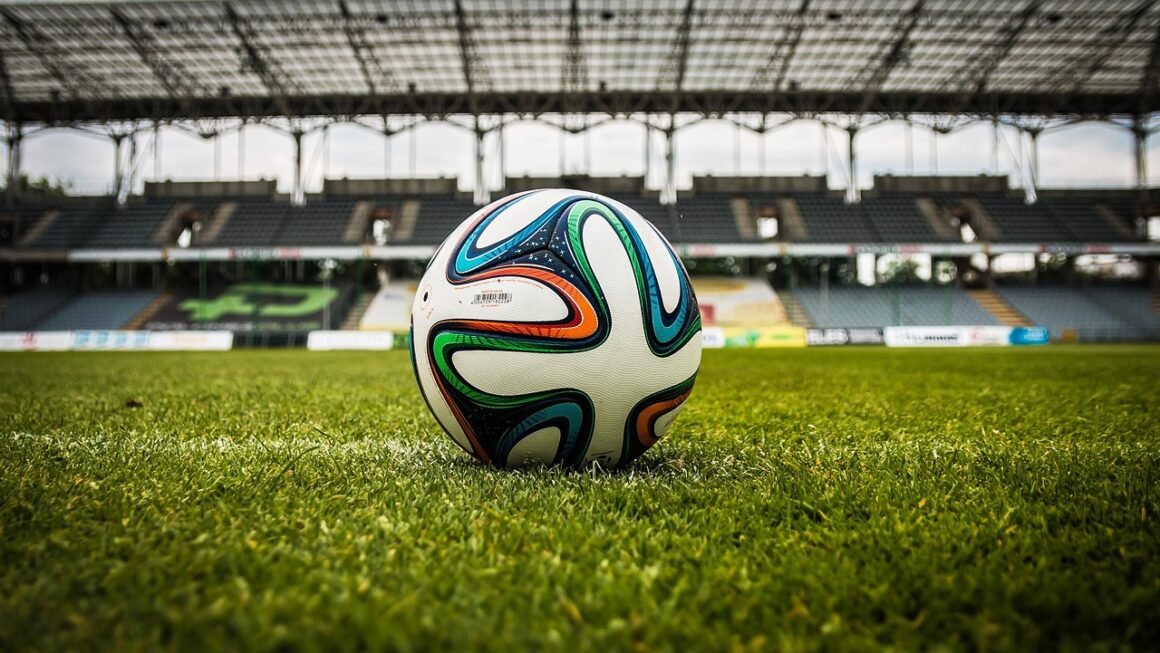The rhythmic clatter of wheels on asphalt, the exhilarating rush of carving through the air, the satisfying thud of landing a new trick – skateboarding is more than just a sport; it’s a culture, a lifestyle, and a form of self-expression. Whether you’re a seasoned pro or just starting to contemplate your first ollie, this guide will delve into the world of skateboarding, exploring its history, equipment, techniques, and the vibrant community that makes it so unique.
The History and Evolution of Skateboarding
Skateboarding has a rich and fascinating history, evolving from humble beginnings to a globally recognized sport and cultural phenomenon. Understanding its roots provides context for appreciating its current form.
From Sidewalk Surfing to Olympic Sport
- The origins of skateboarding can be traced back to the 1950s in California, where surfers sought a way to “surf” on land when the waves were flat.
- Early skateboards were rudimentary, often consisting of wooden planks with roller skate wheels attached.
- The 1960s saw the emergence of commercial skateboards and the first skateboarding magazines and competitions.
- The urethane wheel revolution in the 1970s dramatically improved performance and control, leading to new tricks and styles.
- The 1980s brought the rise of street skateboarding, characterized by more technical tricks and the use of urban environments as skateparks.
- Today, skateboarding has become a globally recognized sport, culminating in its inclusion in the Olympic Games.
Key Figures and Milestones
- Tony Hawk: A legendary skateboarder known for his innovative tricks and contributions to the sport’s popularity.
- Rodney Mullen: Considered the “Godfather of Street Skateboarding,” known for inventing numerous tricks and pushing the boundaries of technical skating.
- The Bones Brigade: A team of influential skateboarders in the 1980s that included Tony Hawk, Steve Caballero, and Lance Mountain.
- The release of the “Powell Peralta: The Search for Animal Chin” video (1987): A seminal skateboarding film that influenced a generation of skaters.
Choosing the Right Skateboard
Selecting the right skateboard is crucial for a safe and enjoyable experience. Different types of boards cater to different skating styles and skill levels.
Types of Skateboards
- Standard Skateboard: Ideal for street skating, park skating, and learning tricks. Typically features a symmetrical shape, a concave deck, and hard wheels. A standard skateboard size is between 7.5 – 8.5 inches wide.
- Longboard: Designed for cruising, carving, and downhill riding. Longer decks provide stability and smooth rides.
- Cruiser Skateboard: A hybrid of a standard skateboard and a longboard, offering a balance of maneuverability and stability. Often features a shorter deck than a longboard and softer wheels for smoother rides on various surfaces.
- Penny Board: A small plastic skateboard, known for its portability and is best suited for casual cruising on smooth surfaces. Penny boards typically measure 22 or 27 inches in length.
Components of a Skateboard
- Deck: The wooden platform on which you stand. Decks are typically made of maple wood and come in various sizes and shapes.
- Trucks: The metal axles that connect the wheels to the deck. Trucks affect the board’s turning ability and stability. Brands such as Independent and Venture are extremely popular.
- Wheels: The rolling components that determine the speed and smoothness of the ride. Wheels come in various sizes and durometers (hardness). Harder wheels are better for street skating, while softer wheels are better for cruising.
- Bearings: Small metal components that allow the wheels to spin freely. ABEC ratings indicate the precision and speed of the bearings.
- Grip Tape: A sandpaper-like material applied to the deck to provide traction.
Tips for Choosing a Skateboard
- Consider your skating style: Are you interested in street skating, park skating, or cruising?
- Choose the right size deck: A wider deck provides more stability, while a narrower deck is more maneuverable.
- Select the appropriate wheels: Harder wheels are better for smooth surfaces, while softer wheels are better for rough surfaces.
- Invest in quality components: Quality components will last longer and provide a better skating experience.
Essential Skateboarding Techniques
Mastering fundamental techniques is essential for progressing in skateboarding. Start with the basics and gradually work your way up to more advanced tricks.
Getting Started: Balance and Pushing
- Finding Your Stance: Determine whether you are regular (left foot forward) or goofy (right foot forward). Experiment to find what feels most natural.
- Maintaining Balance: Practice standing on the board and shifting your weight to maintain balance. Bend your knees for better stability.
- Pushing Techniques: Use your back foot to push off the ground, keeping your front foot angled on the board. Practice maintaining speed and control.
Fundamental Tricks
- The Ollie: The foundation for many skateboarding tricks. It involves popping the tail of the board and lifting the front foot to level out the board in the air.
Practice popping the tail and sliding your front foot up the board.
Focus on timing and coordination.
- The Kickflip: A variation of the ollie where the board rotates 360 degrees along its horizontal axis.
Use your front foot to flick the board sideways as you ollie.
Commit to landing with both feet on the board.
- The Pop Shuvit: A trick where the board rotates 180 degrees without an ollie.
Use your back foot to scoop the tail of the board.
Keep your shoulders aligned with the board’s rotation.
Skatepark Etiquette
- Wait your turn.
- Don’t snake other skaters by cutting them off.
- Be aware of your surroundings and other skaters.
- Avoid skating in the middle of ramps or obstacles.
- Call out your tricks to alert other skaters.
Skateboarding Safety and Gear
Safety should always be a top priority when skateboarding. Wearing appropriate gear can significantly reduce the risk of injuries.
Essential Protective Gear
- Helmet: Protects the head from serious injuries. Choose a helmet that fits snugly and meets safety standards. A helmet can reduce the risk of head injuries by up to 85%.
- Knee Pads: Protect the knees from scrapes, bruises, and fractures.
- Elbow Pads: Protect the elbows from similar injuries.
- Wrist Guards: Protect the wrists from fractures and sprains.
- Shoes: Wear skateboarding shoes with flat, grippy soles for better board feel and control.
Injury Prevention Tips
- Warm-Up: Stretch and warm-up your muscles before skating to reduce the risk of strains and sprains.
- Start Slow: Gradually progress to more difficult tricks and terrain.
- Know Your Limits: Avoid attempting tricks beyond your skill level.
- Skate in Safe Areas: Avoid skating in traffic or on uneven surfaces.
- Stay Hydrated: Drink plenty of water to prevent dehydration.
Common Skateboarding Injuries and How to Avoid Them
- Sprains and Fractures: Resulting from falls and impacts. Strengthen your ankles and wrists with exercises and wear appropriate protective gear.
- Scrapes and Bruises: Common minor injuries. Wear pads and appropriate clothing to minimize these.
- Head Injuries: Potentially serious injuries. Always wear a helmet.
- Ankle Injuries: Resulting from improper landing techniques. Practice proper foot placement and balance.
Skateboarding Culture and Community
Skateboarding is more than just a sport; it’s a vibrant culture with a strong sense of community.
The Skateboarding Lifestyle
- Creativity and Self-Expression: Skateboarding encourages creativity and self-expression through unique styles, tricks, and approaches to terrain.
- Friendship and Camaraderie: Skateboarding fosters strong bonds among skaters who share a passion for the sport.
- Resilience and Perseverance: Skateboarding teaches resilience and perseverance as skaters overcome challenges and setbacks.
- Travel and Exploration: Skateboarding can lead to travel and exploration as skaters seek out new skate spots and skateparks.
Finding Your Skateboarding Community
- Local Skateparks: Skateparks are great places to meet other skaters, learn new tricks, and participate in competitions.
- Skate Shops: Skate shops often serve as hubs for the skateboarding community, offering advice, equipment, and events.
- Online Forums and Social Media: Online forums and social media groups can connect you with skaters from around the world.
The Impact of Skateboarding on Art and Fashion
- Skateboarding Influences on Art: Skateboarding culture has influenced various forms of art, including graphic design, photography, and film.
- Skateboarding Fashion: Skateboarding fashion is characterized by comfortable, functional clothing, such as t-shirts, hoodies, jeans, and skate shoes. Brands like Vans, Supreme and Thrasher are synonymous with skateboarding.
- DIY Culture: Skateboarding embraces a DIY culture, encouraging skaters to build their own ramps, customize their boards, and create their own unique styles.
Conclusion
Skateboarding is a dynamic and ever-evolving activity that offers physical challenges, creative expression, and a strong sense of community. From its humble origins to its current status as an Olympic sport, skateboarding continues to inspire and captivate people of all ages and backgrounds. Whether you’re just starting out or looking to improve your skills, remember to prioritize safety, embrace the challenges, and enjoy the ride. Skateboarding is more than a sport; it’s a lifestyle, a culture, and a journey of self-discovery.



